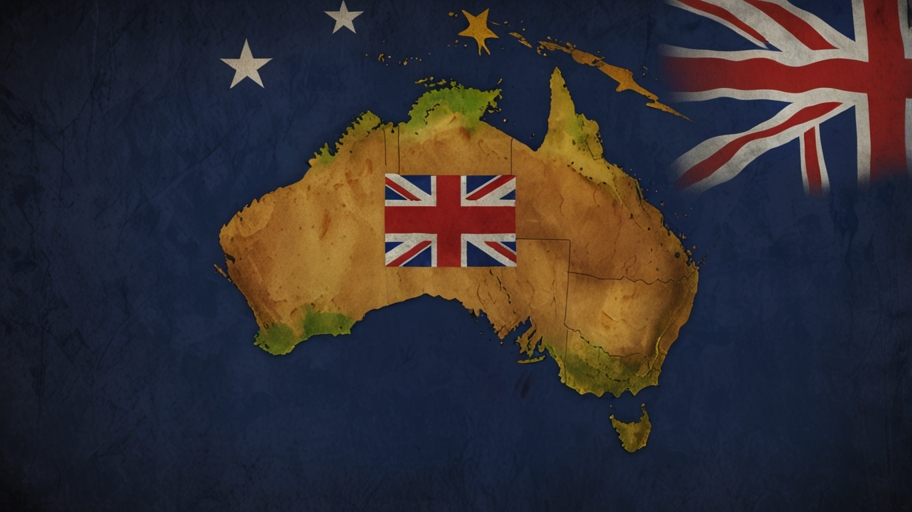Several comparisons have been made between Australia and Europe with regard to the sizes of both continents. This has led some people to be amazed if the island continent is, in fact, bigger than the vastness of the European landmass.
The true measure of the size of Europe is in the numbers: Europe has an approximate area of 10,180,000 square kilometers, which is 32% more than the 7,741,220 square kilometers that Australia is comprised of. However, Australia’s great scenery and distinctive geography often make it look even larger than it is.
The world business scenario nowadays is going through a phase of instability due to the increasing problems in the markets caused by trade tensions. The fear of a long trade war between the United States and China was reflected in the Asian stock markets, which were in deep red on Monday.
Nikkei, Japan’s stock index, went down by a whopping 6%, and South Korea’s index, Kospi, decreased by 5%, replicating the negative performance of major indices in other regions of the world. There are expectations of even more turbulence that investors are prepared to deal with.
In the same line as Asia, European stock markets also suffered from the same problems, with EURO STOXX 50 futures down 3.6% and the German index DAX losing 4%. This decline was caused by U.S. President Donald Trump’s perseveration in putting in place compensatory tariffs meant for countries with which the US trades.
The chain reactions from such policies have European businesses uncertain whether they will continue to export well with the restrictions of the trade or whether they will rather incur higher expenses.
On Monday, countries also saw a massive drop in their stock markets. The Australian stock exchange fell victim to the worldwide selloff and plummeted by 5% over one trading session.
The exportation of goods to China and America as the primary form of business has made Australia a weak player in the ongoing trade disputes. The only way businesses from the Land Down Under could play it safe is by diversifying.
Yet the U.S. tech sector is still being harmed by the ongoing uncertainty about the tariffs now. Nasdaq futures crashed by 4.4%, helping to bring to over $6 trillion the total market losses over the past week. Particularly, those technology firms that have strong ties to China are at greater risk, which has sparked sourcing-related issues and less profitability concerns.
From the same standpoint, crude oil was also in decline, as Brent crude went down by $1.35 per barrel, being a result of the feared global demand slump and the possible subsequent recession. U.S. crude oil was next in falling off by $1.395 per barrel. The energy markets are checking the trade negotiations closely for the smallest indications of improvement.
Markets are being continuously observed as a source of the latest information. All the while, people are still business as usual, only changing platforms all the time, much like in a social network I do not use the same one from before.
For one, the volatile movement witnessed in the markets was not enough to trigger higher demand for precious metals, despite the common practice of people investing their money in gold to be on the safe side during an economic downward turn. There is also the possibility that some were liquidating gold to cover losses with other assets, and in this way, was causing massive drops in various sectors.
Now the story is that the BJP party lost to the Congress party, and now India’s outlook is even more pessimistic. Economic disparity only widened more, and the states with the most citizens are still the poorest ones. All is my main point of this short argument.
Force Motors has witnessed a drastic increase of 11% in domestic sales on a year-on-year basis but faced a severe decrease in exports, around 78% down. The company’s sale of vehicles for March has been constant at 3,700 units, depicting that the situation for them could be a mix of good and bad.
Godrej Properties signed an agreement to develop a high value land parcel in Mumbai with an estimated revenue potential of ₹1,350 crore. Developers of the property are getting more and more into the high-value projects as the growth that sprang from fluctuating demand is set to be prolonged.
Today’s special event is the Monetary Policy Committee (MPC) of India’s central bank, which is gathering with the prospect of a further rate cut to give tax attraction and to stimulate economic growth.
The economy of India is still in a prosperous state in which it is far less affected than its global counterparts due to the very low exports of the U.S. The authorities are still keeping an eye on international markets.
Markets in emerging Asia are still stalled by the negative trend in economic growth forecasts and the flight of funds, with Taiwan’s capital market index nosediving by nearly 10%, making regulators opt to place a ban on short-selling in a broader attempt to prop the financial sector.
Some areas of the market continue to do well in the middle of the challenges. Sectors having domestic consumption as their themes, like aviation, hotels, cement, and e-commerce, are still considered to be the front-runners to recover faster amidst challenged export industries. Experts anticipate this as the segment that would spur recovery once global conditions become favorable.
Australia’s environment where there is dual positioning of both a continent and a country makes room for innovation and the versatility that eventually bring forth new opportunities that lead to growth.
It is notable that Australia as a continent has a strong bias towards sustainability and could reap rewards, perhaps disproportionate to its geographical size, in the times to come, whereas such a focus may not be imminent in Europe.
